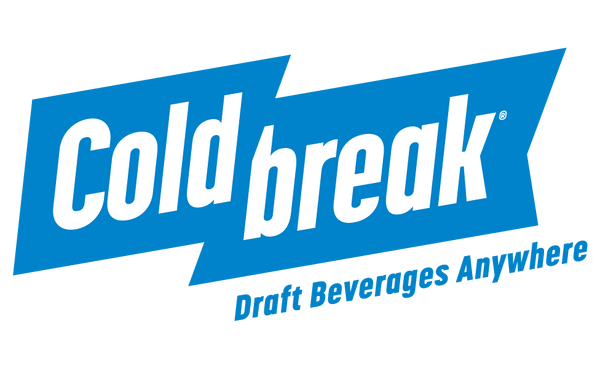Scottish Wee Heavy, Part Two: Clarify, Cold-Crash, and Bourbon-Oak Without a Barrel (2-Gallon)
Big malt. Clean finish. In Part Two of our 2-gallon Scottish Wee Heavy, we verify fermentation, rack off the yeast cake, and make the beer crystal-clear using gelatin finings plus a 48-hour cold crash. Then we “barrel-age” without a barrel: build a bourbon-oak tincture, strain it, and dose by the drop so you control flavor without risking oxidation or over-oaking the whole batch. Clear beer. Precise oak. Repeatable results.
Goal: take a high-gravity Scottish Wee Heavy from primary to bright, pour-ready beer and add precise “barrel-aged” character with an oak-bourbon tincture.
- Batch size: 2 gal
- OG: 1.114
- FG (measured): ~1.030 (target 1.022–1.024)
- ABV (approx.): 11.0% using (OG−FG)×131.25
- Clarifier: Unflavored Knox gelatin
- Cold crash: 24–48 hr at ~37–38°F (3°C)
- Oak program: American oak chips → bourbon tincture, 1–2 weeks, then strain
Why stopping at ~1.030 is fine: A point or two high on a big beer is acceptable. Residual sweetness balances alcohol warmth in a Wee Heavy.







